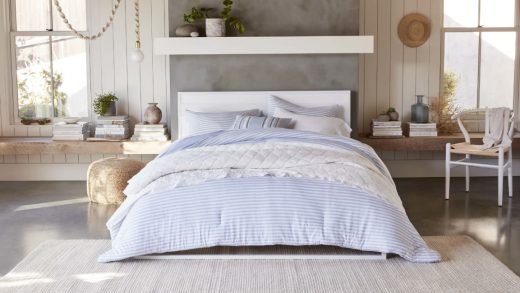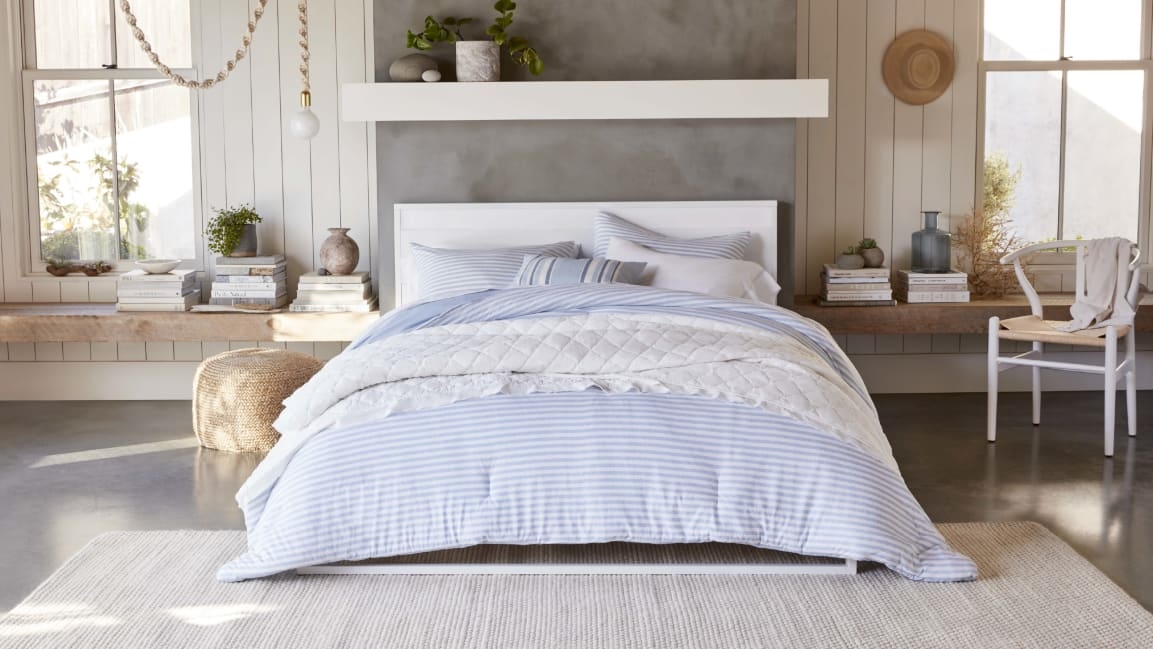Gap-branded sheets and pillows are coming soon to Walmart
Gap, the ailing fashion label, wants to make a comeback. It’s planning to collaborate with other major brands, including everything from Kanye West’s luxury fashion house Yeezy to, well, one of the biggest retailers of all, Walmart.
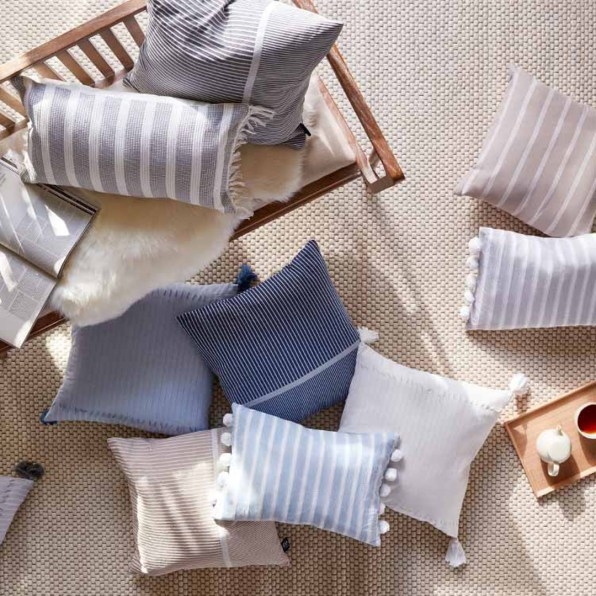
Over the past decade, Gap has suffered from an identity crisis. In the ’90s, the brand was famous for its khakis, but more recently, it has been in decline—and the pandemic only exacerbated the problem. In 2020, net sales dropped by 16% compared to the year before, and its stock price had lost more than half its value over the previous five years. Gap president and CEO Mark Breitbard’s goal is to associate Gap with “modern American optimism.” Everything that bears the Gap brand should convey a relaxed, easygoing, upbeat style.
According to Anthony Soohoo, Walmart’s EVP of home, the Walmart project came together in record time. Walmart agreed to the partnership in December 2020, then Gap designed and manufactured the products in five and a half months. Soohoo says the products will first drop on the website, then Walmart will gather data about what products are popular in which markets to determine what items to sell in brick-and-mortar stores. “We worked like a startup, turning things around at incredible speed,” says Soohoo. “It is a testament to how aligned we were on this vision.”
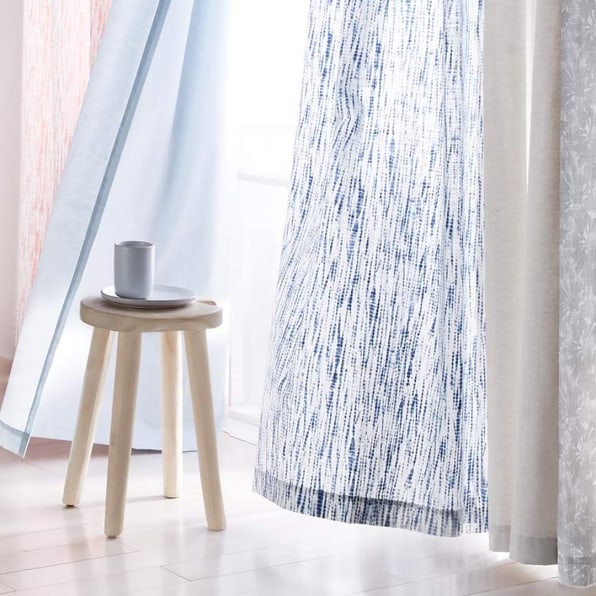
Marshal Cohen, the chief retail analyst at NPD Group, thinks this could be a mutually beneficial partnership. “Anytime you can get one of the biggest distributors of retail product with a brand that has the international recognition of the Gap, it’s a powerful mix,” he says.
GapHome is part of Gap’s broader strategy of licensing its brand name across different categories. At an investor meeting last October, Breitbard announced that Gap had brought on the licensing agency IMG to launch 10 new licensing agreements that will span baby gear, eyewear, and home goods. Breitbard says that Gap expects these new categories to generate “significant” revenue in the next five years, though he declined to be more specific. IMG helps Gap find third-party manufacturers who will create these new products. When it came to home goods, Breitbard says that Walmart was a natural retail partner. “We wanted to partner with an absolute expert in the home goods category that could scale quickly,” he says. “Walmart reaches the entire country, and it can introduce new customers to the brand.”
But licensing a brand can be a tricky business. It can create new revenue streams and put a brand in front of new consumers, but it can also dilute a brand. This happened with several luxury brands in the early 2000s. Burberry had licensing agreements to create everything from Barbie dolls to dog clothes to Scotch whiskey. Eventually Burberry’s CEO said these licenses overexposed and tarnished the brand, so he decided to end many of them.
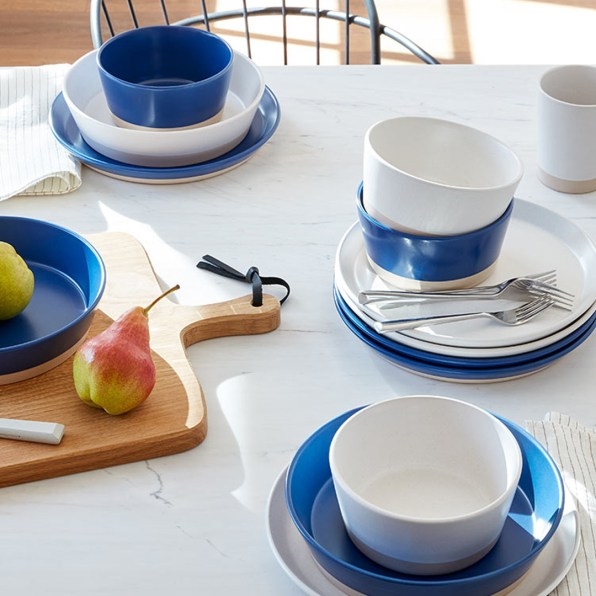
Gap is in a different position because it is a mass-market brand that is already widely accessible to consumers. And to ensure that each licensing partnership feels like an authentic extension of Gap, the brand will stay involved with the design process. “We’re obsessed with the creative, and we sign off on any design,” Breitbard says. “We want you to look at any one of these products and immediately recognize them as part of the Gap brand.”
But what is the Gap brand, really? Later this year, Gap will drop its first collection of its YZY line, which it created in collaboration with Kanye West’s streetwear brand, Yeezy. Gap has invested a lot in this 10-year partnership, to the tune of $970 million, according to Bloomberg’s estimates. And Gap says it hopes this sub-label will generate $1 billion in annual sales within the first five years. “The YZY collection is the thing I get asked about the most,” Breitbard says.
But partnering with brands as divergent as Yeezy and Walmart may only add to consumers’ confusion about what Gap is. NPD Group’s Cohen thinks that the fashion world is moving away from exclusivity, toward a more democratic approach, so Gap’s strategy might become increasingly common. “We’re in an era of inclusion and diversity,” Cohen says. “Brands want to be ubiquitous to be appealing to everybody. You can’t be a specialty brand that appeals to a narrow market anymore.”
(31)

